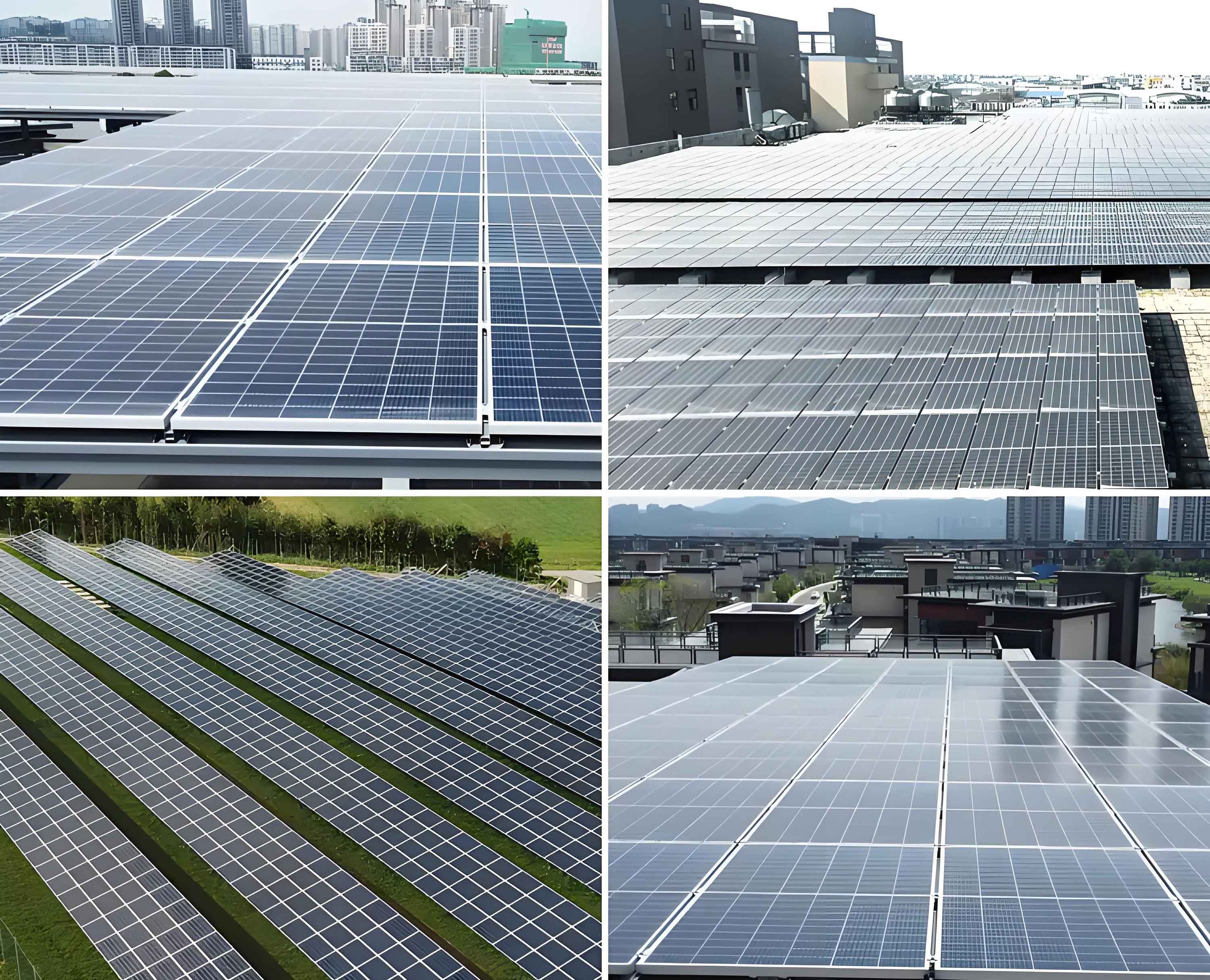Introduction
Proper cleaning and maintenance are essential for maximizing the performance and lifespan of Solar Panels. Over time, dust, dirt, bird droppings, and other debris can accumulate on the surface of Solar Panels, reducing their efficiency. Regular cleaning and maintenance not only ensure optimal energy production but also prevent potential damage to the panels. This article explores the best practices for cleaning and maintaining Solar Panels to enhance their performance and longevity.

Benefits of Regular Cleaning and Maintenance
Improved Efficiency
Clean Solar Panels are more efficient at converting sunlight into electricity. Removing dirt and debris allows more sunlight to reach the photovoltaic cells, increasing the energy output of the panels.
Extended Lifespan
Regular cleaning and maintenance can extend the lifespan of Solar Panels by preventing damage and deterioration. By keeping the panels in good condition, they can continue to generate electricity for many years.
Cost Savings
Clean Solar Panels require less energy to produce the same amount of electricity, resulting in lower energy bills. Additionally, regular maintenance can prevent costly repairs and replacements.
Environmental Impact
By maximizing the efficiency of Solar Panels, cleaning and maintenance help reduce reliance on fossil fuels and lower greenhouse gas emissions, contributing to a cleaner environment.
Best Practices for Cleaning Solar Panels
Frequency
Clean Solar Panels regularly, especially in areas with high dust, pollen, or bird activity. A general guideline is to clean the panels every 6-12 months, but more frequent cleaning may be necessary in certain conditions.
Timing
Clean Solar Panels in the early morning or late afternoon when the panels are cool to avoid damage from rapid temperature changes. Avoid cleaning in direct sunlight, as this can cause the cleaning solution to evaporate quickly and leave residue.
Methods
- Water and Soft Brush: Use a hose with a nozzle to gently spray water onto the panels, then use a soft brush or sponge to scrub the surface. Avoid abrasive materials that could scratch the panels.
- Cleaning Solution: If necessary, use a mild detergent or specialized Solar Panel cleaning solution. Avoid using harsh chemicals or abrasive cleaners, as these can damage the panels.
- Rinse Thoroughly: After cleaning, rinse the panels thoroughly with clean water to remove any remaining soap or debris.
Safety Precautions
- Turn Off Power: Before cleaning, turn off the power to the Solar Panels to avoid the risk of electric shock.
- Use Caution on Roofs: If the Solar Panels are installed on a roof, use caution and proper safety equipment when accessing the roof to clean the panels.
- Avoid Pressure Washers: Avoid using high-pressure washers, as they can damage the panels and void the warranty.
Table: Comparison of Cleaning Methods for Solar Panels
| Method | Description | Advantages | Challenges |
|---|---|---|---|
| Water and Soft Brush | Gentle scrubbing with water and a soft brush | Easy and inexpensive | May not remove tough stains |
| Cleaning Solution | Use of mild detergent or specialized cleaner | Effective for removing stubborn dirt | Risk of residue if not rinsed well |
| Professional Cleaning | Hiring a professional service for cleaning | Ensures thorough cleaning | Costly, may not be necessary often |
| Automated Cleaning Systems | Use of automated systems for regular cleaning | Efficient and convenient | Initial cost, maintenance |
Best Practices for Maintaining Solar Panels
Regular Inspections
Inspect Solar Panels regularly for signs of damage, such as cracks, corrosion, or loose connections. Early detection of issues can prevent further damage and ensure optimal performance.
Monitoring Performance
Monitor the performance of Solar Panels regularly using a monitoring system or software. This can help identify any issues or efficiency losses early on and take corrective action.
Shading Analysis
Conduct a shading analysis to ensure that no objects or structures are casting shadows on the Solar Panels. Even small amounts of shading can significantly reduce the energy output of the panels.
Weather Protection
Protect Solar Panels from extreme weather conditions, such as hail, snow, and high winds. Consider installing protective covers or shelters if the panels are exposed to harsh weather.
Maintenance Schedule
Develop a regular maintenance schedule for cleaning and inspecting Solar Panels. Keep a record of maintenance activities to track performance and identify any trends or issues over time.
List of Essential Tools and Equipment for Solar Panel Cleaning and Maintenance
- Soft Brush or Sponge: For gentle scrubbing without scratching the panels.
- Hose with Nozzle: For spraying water onto the panels.
- Mild Detergent or Cleaning Solution: For removing stubborn dirt or stains.
- Ladder or Access Equipment: For safely accessing Solar Panels installed on roofs or elevated surfaces.
- Safety Gear: Including gloves, goggles, and non-slip footwear for protection while cleaning and inspecting panels.
Conclusion
Proper cleaning and maintenance are essential for optimizing the performance and longevity of Solar Panels. By following best practices for cleaning, inspecting, and maintaining Solar Panels, owners can ensure that their panels continue to generate clean, renewable energy efficiently for many years. Regular cleaning not only improves energy production but also contributes to a cleaner environment and lower energy costs. By investing time and effort into Solar Panel cleaning and maintenance, owners can maximize the benefits of their solar energy system.
